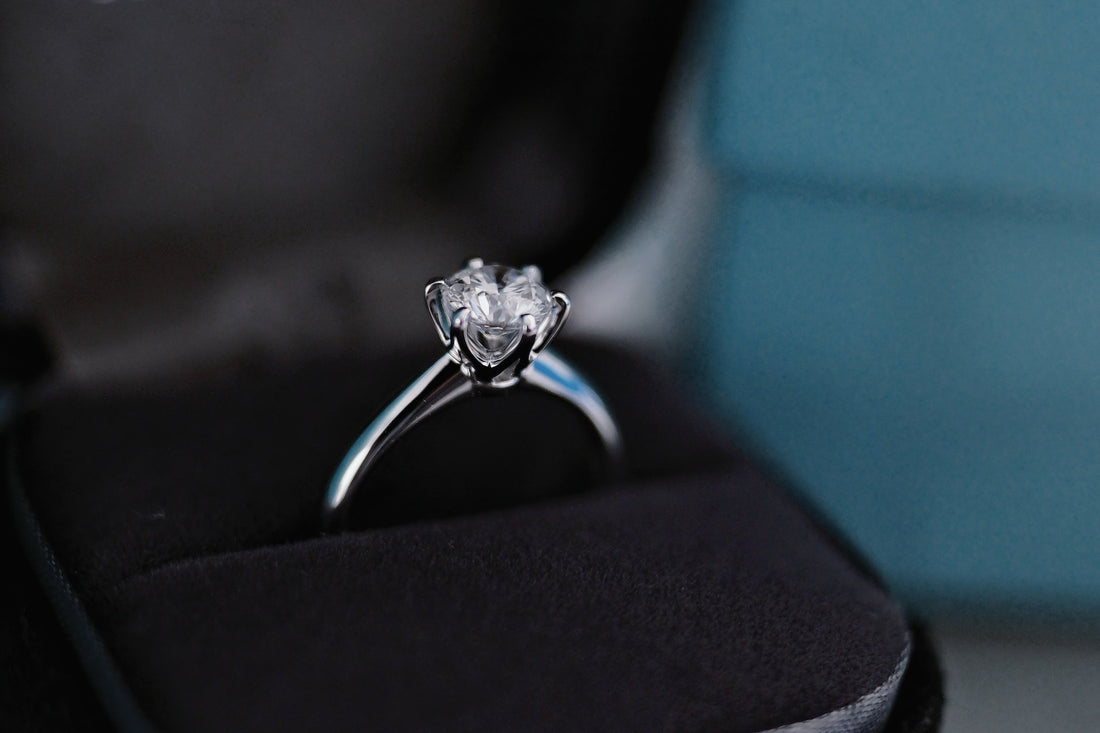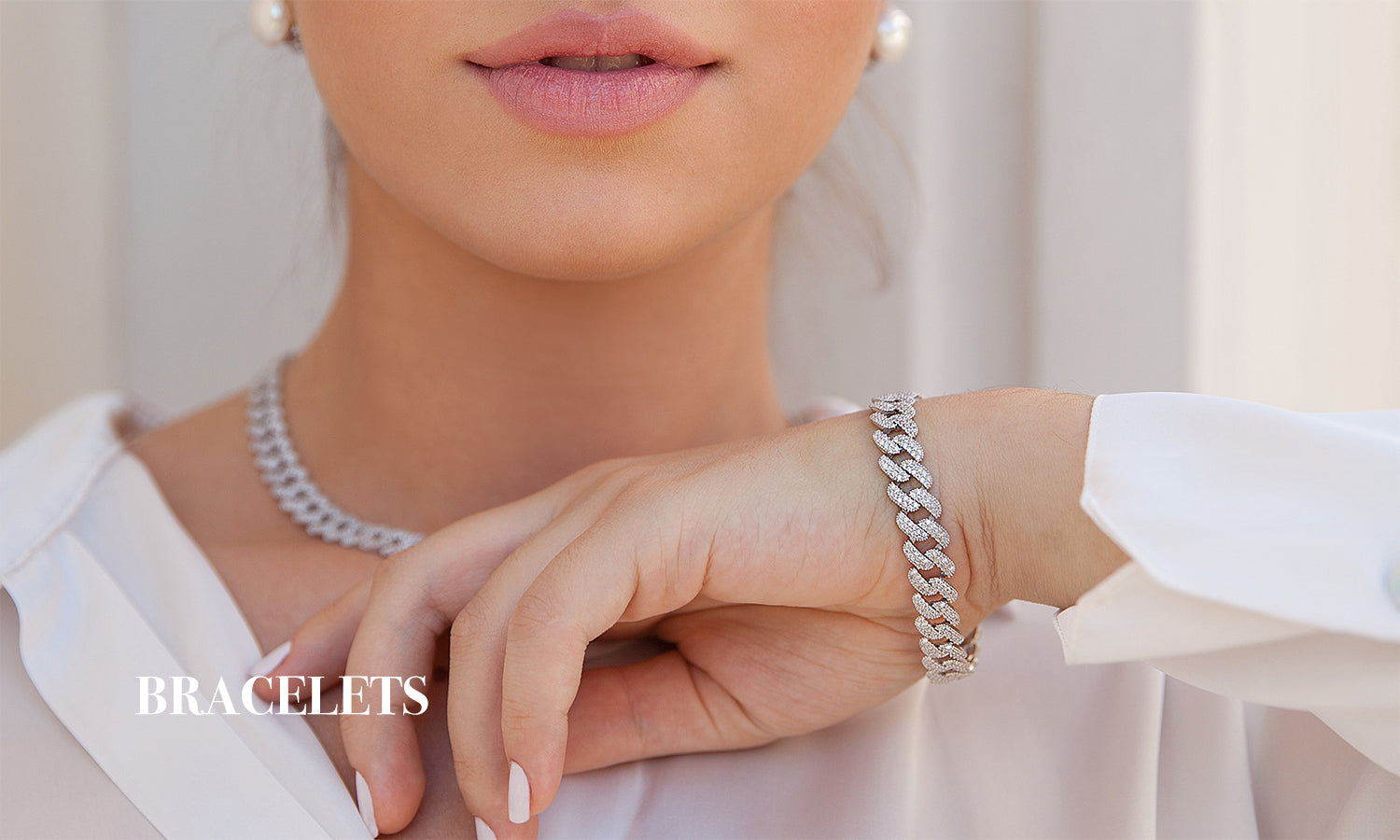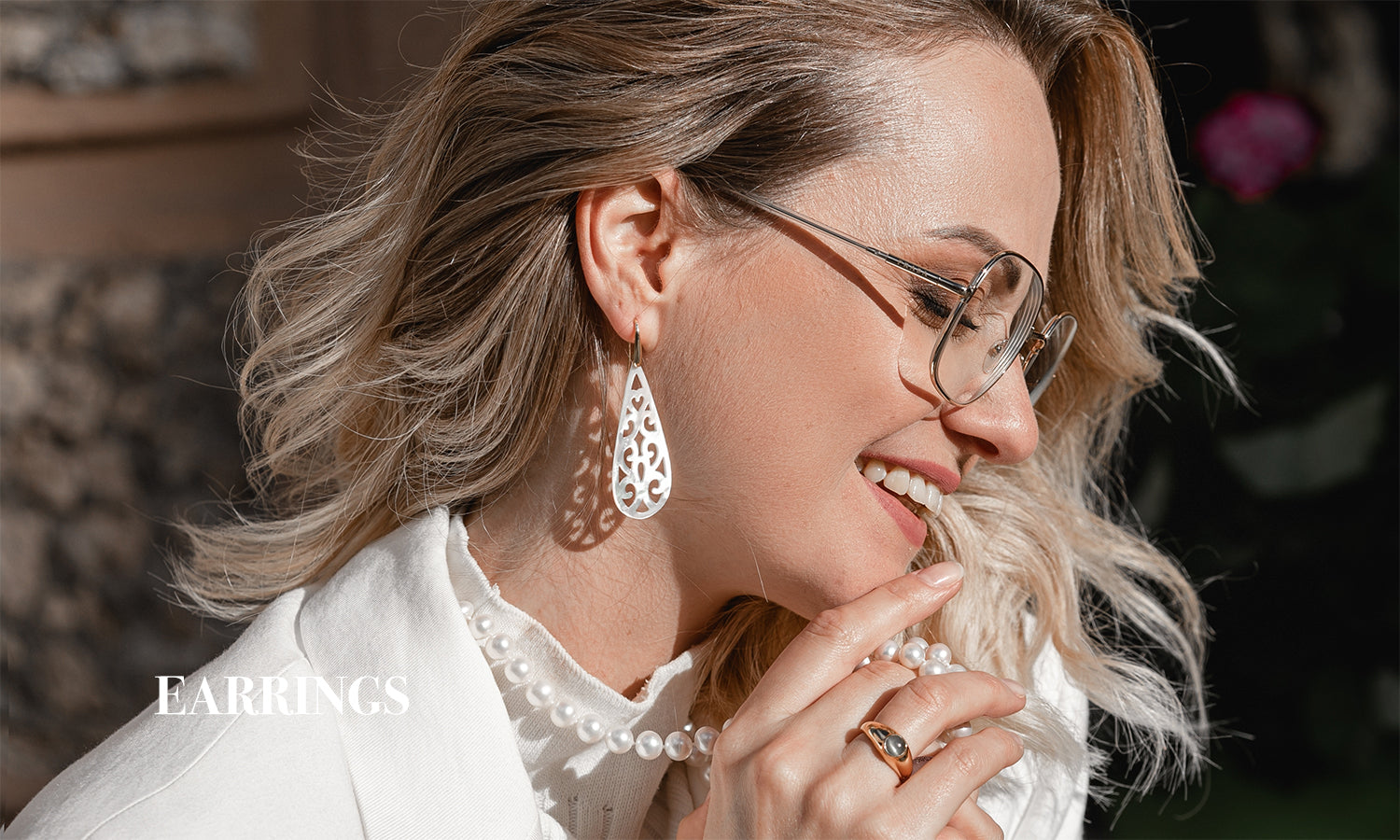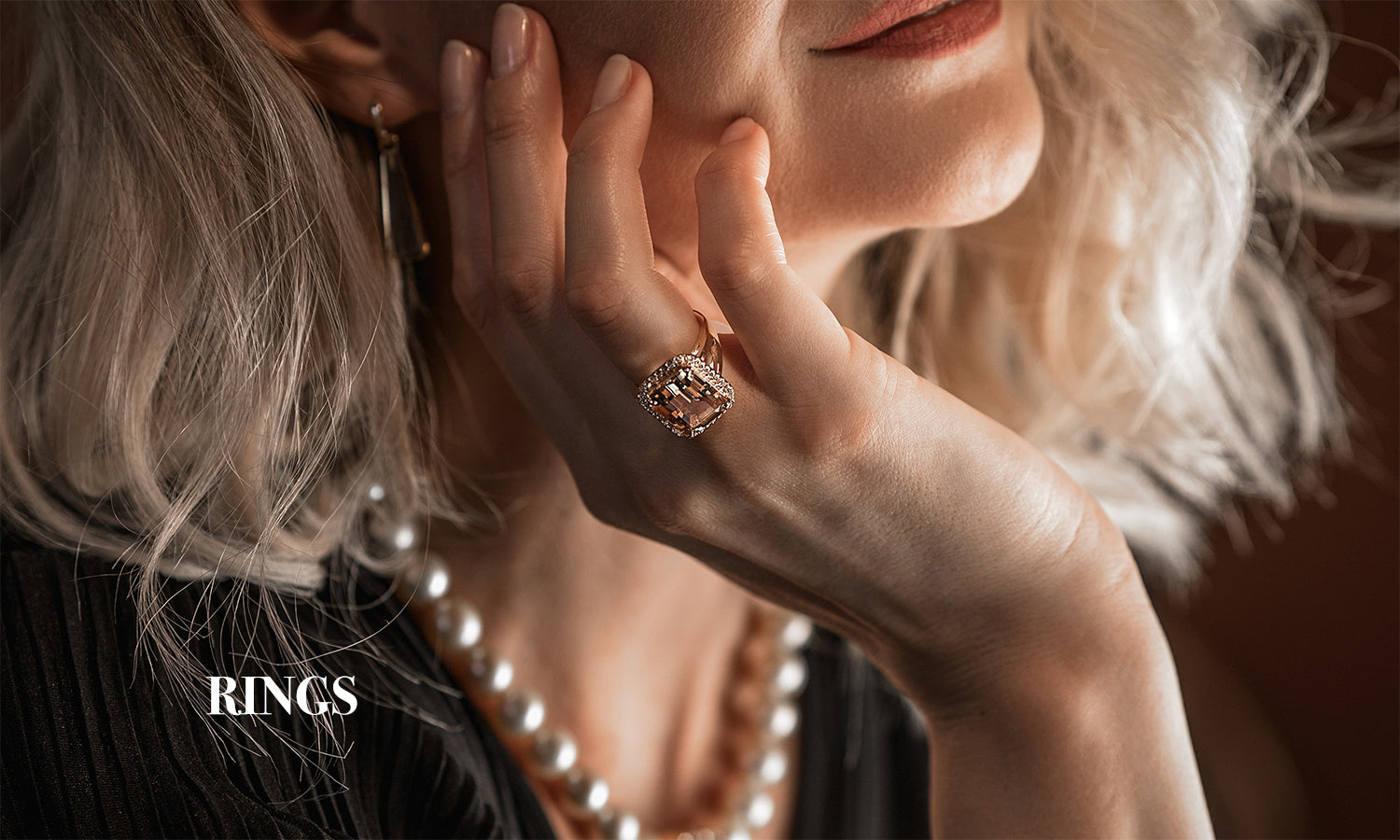When buying moissanite jewelry, the cut and shape of the gemstone are critical to the look. Moissanite round cut is the classic because of its traditional shape but also because it helps the gemstone sparkle much more. Considering that moissanite is the gemstone that sparkles the most, the round cut reflects great sparkles. Today at Planderful we will tell you everything you need to know about the moissanite round cut.

What is the cut of a gemstone?
The cut determines the beauty of the moissanite. In the case of round cut moissanite, the priority is placed on brilliance, rather than size or weight, for example. The cut is an extremely important element for a gemstone because if it is not cut correctly, the stone can look dull, even if it has a high degree of clarity. A good cut of the gemstone ensures its quality: the round cut reflects and refracts the light for maximum sparkle and brilliance.
To obtain the different shapes, the gems are cut to reflect light differently. Although the round cut is the best known, there are up to 50 different cuts regularly accepted, and many others less common. Among the best-known are the princess cut, emerald cut, pear cut, oval cut, rectangular cut, cushion cut, heart cut, Asscher cut, and marquise cut, among others.
A gem can have many cuts, this makes a jewel special, and different. Opting for one shape or another says a lot about the person who wears the gem, the cut is a different way to wear an exclusive jewel.
Why gems are polished
Contrary to what many people think, gems are not mined fully polished and ready to be set. A rough gemstone is more like a piece of opaque glass than the jewel it eventually becomes.
Cutting one carat of a diamond, for example, usually takes between 4 and 6 hours. This artisanal work requires a lot of patience and a very refined technique, which adds value to the jewel. As you can see, this is a complex job, which starts with a rough piece of diamond and ends with a priceless jewel.
You may also be interested in: The most popular gem cuts
What is the Moissanite Round Cut
When we talk about gems, the first thing that comes to mind is the classic round cut. This is a very common model among brides and grooms, as it is an all-time favorite. The round cut is perfect for the relaxed bride. Like other gemstones, moissanite can also be found with a round cut. This option is ideal for those looking for a brilliant engagement ring that is very similar to a diamond but at a lower cost.
The round cut moissanite brings a unique brilliance and features a round shape. It is the most popular in the gemstone world and is commonly used in engagement rings. The cut was designed by Marcel Tolkowsky in 1929 and remains a favorite in major jewelry houses.
The round cut has 57 or 58 facets and is the most brilliant cut type of all. For hundreds of years, diamond cutters have worked with this cut to maximize brilliance and fire. It is estimated that, of the top-selling diamonds, 75% are round brilliants. Today this cut is also used in other popular and quality gemstones, such as moissanite.
The round cut is the most versatile of all cuts, both in terms of style and value. With more fire and brilliance than any other shape, this cut offers the ideal balance between cut, color, and clarity grades, not to mention, budget.

Source: https://www.dhgate.com/product/01ct80ct30mm130mm-df-color-vvs-round-brilliant/874005464.html
History of the round cut
The origins of the round brilliant cut date back to the mid-17th century when diamond cutters began using more complex and refined shapes to cut gems. The first brilliant cuts were called "Mazarins", after Cardinal Mazarin, who made the first cross-cut diamond in 1650.
After a series of gradual transformations throughout the 18th century, the Mazarinos became the Portuguese Peruzzi, "European old cut" or "old mine cut".
It was not until 1919 that the brilliant round was created. At that time it was known as the Tolkowsky cut, for its creator, Marcel Tolkowsky, a Russian mathematician and diamond fan.
You may also be interested in: The History of Diamond Cuts
Round Cut or Tolkowsky Ideal Cut
A round-shaped gemstone is also known as the ideal cut. It all started in 1919 when Marcel Tolkowsky, who came from a jewelry family, presented the ideal cut in a diamond for his Ph.D. thesis in mathematical physics. Tolkowsky wrote the mathematics to calculate the angles and facets that a diamond should have to make the most of its refractive index of light. With this cut, it is estimated that 95% of the light that reaches the diamond is reflected.
The ideal cut diamond has 57 facets, 58 if we count the butt of the diamond, and is mainly separated into 3 parts. The crown or the top, the girdle, and the pavilion or the bottom part of the diamond. The crown is composed of 33 facets, mainly the table (1), upper girdle facets (16), star facets (8), and kite facets (8). The pavilion has 25 facets, composed of the main facets (8), lower waist facets (16), and the butt (1).
Each facet has a role in the light performance of the diamond and all these facets together make up the diameter of the diamond, the overall depth, the depth of the pavilion, the crown height, the thickness of the girdle, and the respective angles connecting each facet of the diamond.
The round cut, while appearing quite simple because of its circle shape, when broken down becomes very complicated and requires a great deal of precision to meet the standards. This cut is also known as the Tolkowsky ideal cut.

Source: https://4cs.gia.edu/en-us/blog/how-to-select-round-diamond-engagement-ring/
Now that you know everything you need to know about the moissanite round cut, we invite you to visit Planderful's website and discover our moissanite jewelry collection.





